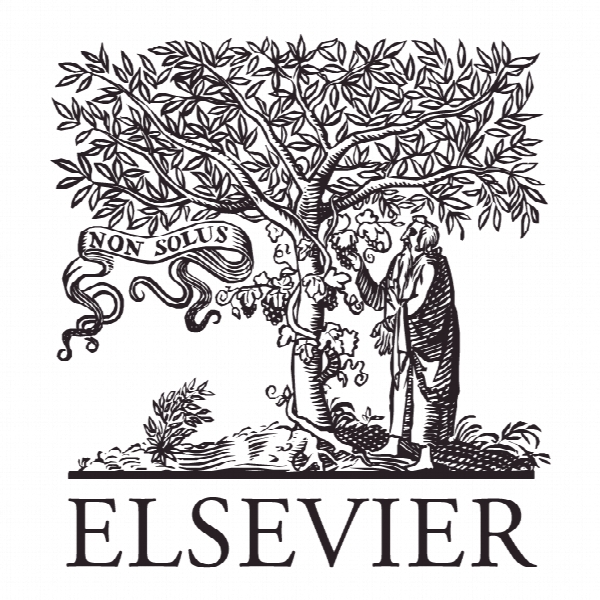ارزیابی اثربخشی مدیریت در مناطق محافظت شده در جنوب اکوادور Management effectiveness evaluation in protected areas of southern Ecuador
- نوع فایل : کتاب
- زبان : انگلیسی
- ناشر : Elsevier
- چاپ و سال / کشور: 2018
توضیحات
رشته های مرتبط مدیریت، گردشگری و توریسم
گرایش های مرتبط مدیریت مالی، مدیریت گردشگری
مجله مدیریت زیست محیطی – Journal of Environmental Management
دانشگاه Departamento de Ciencias Biológicas – Universidad Tecnica Particular de Loja – Ecuador
منتشر شده در نشریه الزویر
کلمات کلیدی اثربخشی مدیریت، مناطق حفاظت شده، پارک ملی، گردشگری، توسعه پایدار، رشد اقتصادی، اکوادور جنوبی
گرایش های مرتبط مدیریت مالی، مدیریت گردشگری
مجله مدیریت زیست محیطی – Journal of Environmental Management
دانشگاه Departamento de Ciencias Biológicas – Universidad Tecnica Particular de Loja – Ecuador
منتشر شده در نشریه الزویر
کلمات کلیدی اثربخشی مدیریت، مناطق حفاظت شده، پارک ملی، گردشگری، توسعه پایدار، رشد اقتصادی، اکوادور جنوبی
Description
1. Introduction Protected areas are the cornerstone of biodiversity, habitats (Craigie et al., 2010; Pandit et al., 2015; Venter et al., 2014) and ecosystem services conservation (Coad et al., 2008; Geldmann et al., 2015; Klein et al., 2007; Naidoo et al., 2006; Rodrigues, 2006; Scharlemann et al., 2010). In 2012, a total of 130,709 protected areas of various types were established globally, covering 24,236,479 km2 of terrestrial (67%) and marine (33%) habitats (IUCN and UNEP-WCMC, 2012). Protected areas are impacted by unprecedented global losses of biodiversity, habitats and ecosystem services mainly due to pressure from human activities (Craigie et al., 2010; Geldmann et al., 2014, 2013; Laurance et al., 2012; Zhang et al., 2016). Thus, management and effectiveness evaluation of protected areas are key factors for long-term sustainability (Joppa et al., 2013). Management effectiveness evaluation in protected areas is carried out in over 100 countries using over 50 different tools (e.g. approximately 5% of the world’s protected areas have been evaluated so far) (Leverington et al., 2010). Evaluations have often been carried out because protected area founders (typically governments and nongovernment organizations) want to find out whether their investments in management have had the expected outcome. The International Union for Conservation of Nature (IUCN) has developed a framework for assessing management effectiveness.


